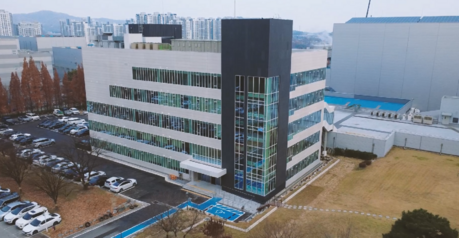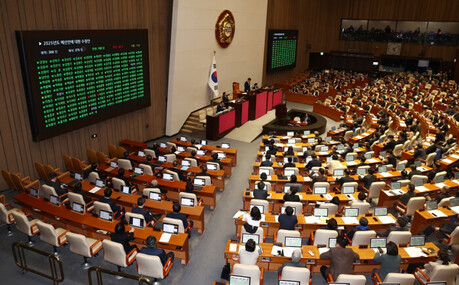
Paraná, Brazil-Paraguay Border – A large new bridge connecting Brazil and Paraguay is nearing completion, forming a crucial part of the Bi-Oceanic Corridor. Designed to perform a similar function to the Panama Canal, this strategic trade route is expected to revolutionize how South American goods reach Asian markets. CGTN’s Paulo Cabral reports from the Brazil-Paraguay border.
Pan-South American Bi-Oceanic Corridor Project
The Bi-Oceanic Corridor project is an ambitious undertaking to build a vast logistics network spanning the South American continent from its easternmost point, the Brazilian ports on the Atlantic coast, through Paraguay, northern Argentina, across the Andes Mountains, and finally reaching the Chilean ports on the Pacific coast. This corridor aims to create a new east-west trade route across South America by integrating various transportation infrastructures, including roads, railways, and ports.
Strategic Importance of the Brazil-Paraguay Integration Bridge
The new bridge currently under construction connecting Brazil and Paraguay serves as a pivotal link in this Bi-Oceanic Corridor. While the existing Friendship Bridge (Ponte da Amizade) and Integration Bridge (Ponte da Integração) already connect the two countries, new large-scale infrastructure investment was essential to handle the rapidly increasing cargo volume and establish a more efficient transportation system.
The new bridge connects Foz do Iguaçu in Brazil’s Paraná state and Ciudad del Este in Paraguay, and it is being built using cutting-edge technology and modern design. This bridge is expected to play a crucial role not only in physically connecting the two countries but also in maximizing the efficiency of the entire Bi-Oceanic Corridor and promoting regional economic integration in South America.
Enhanced Access to Asian Markets and Economic Ripple Effects
The completion of the Bi-Oceanic Corridor will significantly improve South American countries’ access to Asian markets. Previously, they faced considerable time and cost constraints due to the need to navigate the Panama Canal or take long sea routes around the southern tip of South America. However, utilizing the Bi-Oceanic Corridor will shorten travel distances and save transportation time, thereby reducing logistics costs and enhancing price competitiveness.
In particular, countries rich in agricultural and mineral resources, such as Brazil, Argentina, and Paraguay, will be able to export their products to Asian markets more quickly and efficiently through this corridor. This is expected to significantly contribute to the economic growth and export expansion of these countries. Furthermore, the opening of a new trade route is anticipated to stimulate the development of related industries and create new jobs, leading to widespread economic ripple effects.
Strengthening Regional Economic Integration and Cooperation
The Bi-Oceanic Corridor project is seen as more than just a logistics infrastructure development; it is also an important opportunity to strengthen economic integration and cooperation among South American countries. Through this project, related countries such as Brazil, Paraguay, Argentina, and Chile can collaborate towards a common goal, increase mutual interdependence, and lay the foundation for long-term economic development.
In particular, the construction of the new bridge connecting Brazil and Paraguay is expected to further strengthen the economic and social ties between the two countries and play a vital role in promoting joint prosperity in the border region. This bridge will not only serve as a passage but also contribute to enhancing exchanges between the peoples of both nations and fostering cultural understanding.
Future Challenges and Prospects
While the Bi-Oceanic Corridor project holds great potential for the economic development of the South American region, there are still challenges that need to be addressed for its successful completion. These include the geographical difficulties of the section passing through the Andes Mountains, differences in regulations and customs procedures among the countries, and issues related to attracting investment and securing funding.
However, with the imminent completion of the new bridge connecting Brazil and Paraguay, the Bi-Oceanic Corridor project is making significant progress and is expected to bring about major changes in the logistics landscape and international trade flows of the South American continent. Once this strategic trade route is completed, South America is expected to secure new growth engines and play an even more important role in the global economy.
The construction of the new bridge connecting Brazil and Paraguay is a crucial advancement in the Bi-Oceanic Corridor project and will be a significant turning point for the economic development of the South American continent. As a key infrastructure component of the new trade route linking the Atlantic and Pacific Oceans, this bridge is expected to dramatically improve South American countries’ access to Asian markets and greatly contribute to promoting regional economic integration. Through the successful completion of the Bi-Oceanic Corridor project, South America has the potential to emerge as a new center of global trade.
[Copyright (c) Global Economic Times. All Rights Reserved.]






























